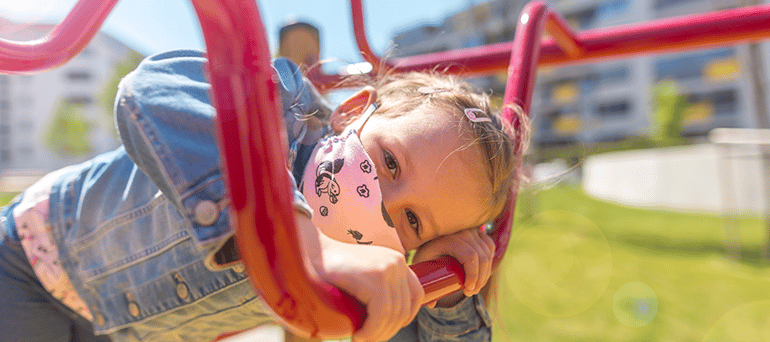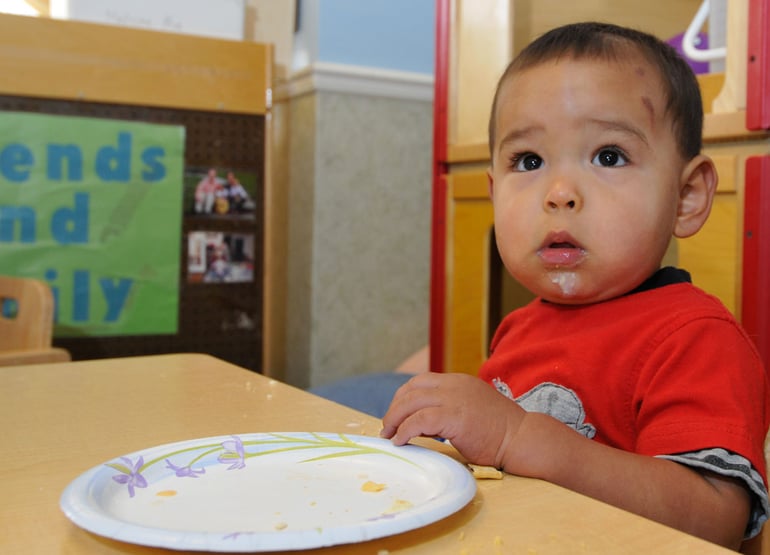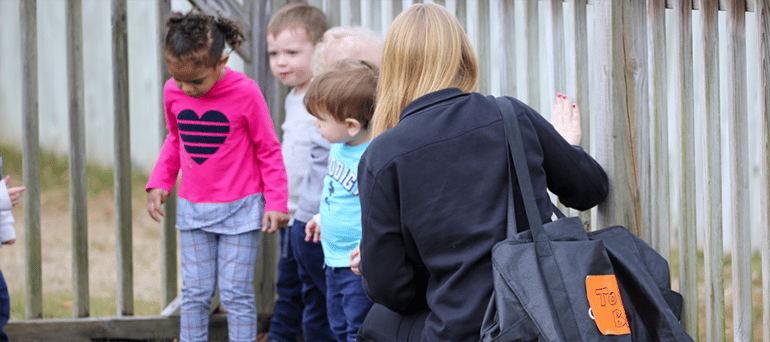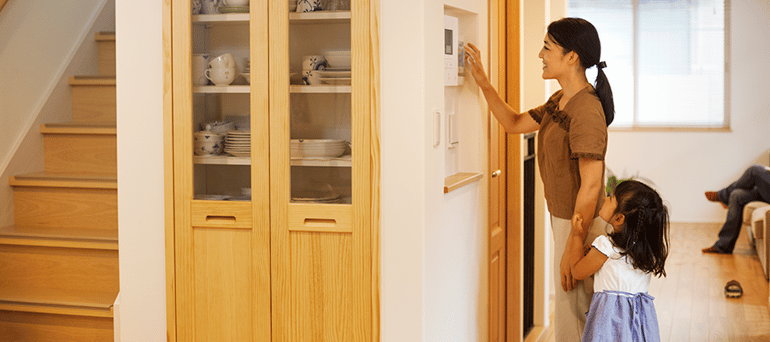Child care has always been a through line for communities, supporting children and families in a myriad of ways, but its essential role has been underscored throughout the pandemic. While schools and businesses shut down in the spring of 2020, child care remained open in some capacity in most states so essential personnel could continue to work to keep communities running. The child care sector now faces the uncertainty of an unprecedented school year and the challenges that come along with a new demand for care for school-age children as remote learning becomes the new norm. Child care cannot meet these demands on its own. The system needs sufficient policy solutions.









